Project data
Location: Sint Jansklooster
Project start: 2014
Cleanup potential: 200 tons of CO₂
Importance of dredging
The water board regularly maintains ditches by removing the layer of sludge from the bottom of the ditch. Dredging waterways is crucial for the river area. Deep ditches ensure the supply and drainage of water, which protects us against flooding and ensures sufficient clean water. The dredge is placed on the bank if it is of good quality. If there is insufficient space on the bank, the dredged material is transported to a pasture depot
greenSand as a sustainable addition
The former Water Board Reest & Wieden (from 2016 Water Board Drents Overijsselse Delta) conducted a trial in 2014 with the addition of 200 tons of greenSand olivine sand through the dredge. This was dumped on a meadow in the town of Sint Jansklooster. A pasture depot is a dredging depot on a pasture.
The water board excavated about 20 to 30 cm from the top layer of the plot to make a kind of tub in which the dredged material can dry. Due to the addition of the olivine-containing sand, CO2 is absorbed and permanently stored.
Harbor sludge and CO2
NIOZ and the University of Utrecht are also investigating the possibilities of adding olivine-rich rock to harbor sludge to make dredging activities CO2 neutral. See the video below from minute 32:51.




